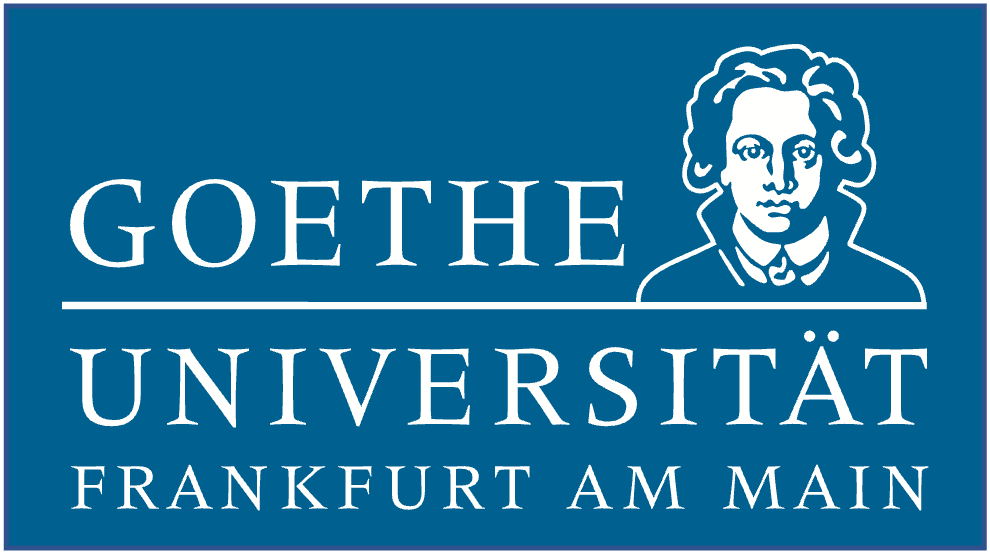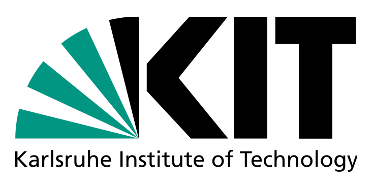Goethe University Frankfurt (GUF), WP 3 lead, will implement new continuous halocarbon and F-gas measurements at Taunus, Germany (TOB) using GC-MS instrumentation in WP 3. GUF will also deploy an automated sampler at Hegyhátsál station (co-operation with partner ATOMKI) for regular flask sampling. These samples will be analysed in the laboratory at GUF. GUF operates the Taunus Observatory (TOB) and within the frame of ACTRIS, the observatory is currently being upgraded to provide regular measurements of hydrocarbons using the Medusa GC/MS system as operated in the AGAGE network. These measurements will be extended to halocarbons in PARIS. GUF also houses a laboratory for halocarbon measurements, which includes an AGAGE Medusa GC-MS system and laboratory GC-MS to measure the Hegyhátsál flasks.
Deutscher Wetterdienst (DWD) will research how best to utilize high-quality emission verification to serve the national information needs of the society and governmental agencies of Germany. DWD is drawing on its expertise with high resolution regional modelling and data assimilation capacity using ICON-ART to perform inverse modelling analysis of F-gases (in WP 3) and CH4 (in WP 4) and provide forward modelling output of CO2 (in WP 6). DWD is responsible for meeting the meteorological requirements arising from all areas of economy and society in Germany. The findings of this work form the basis for political and business decision-making, contribute to improving preparedness for disasters related to weather and climate and help to provide sustainable support for disaster control. Access to infrastructure includes a redundantly installed HPC system (NEC SX Aurora Tsubasa and NEC Linux Cluster with joint batch system and global filesystems) which is used for the computationally intensive numerical modeling as well as for data processing.
Karlsruhe Institute of Technology (KIT) will contribute new developments to the state-of-the-art model LandscapeDNDC using algorithms calculating the isotopic compositions of all relevant N cycle species to constrain biogeochemical processes in WP 5. These processes will be calibrated against new in situ isotopic data. (KIT) is a globally leading technological research institute and part of the Helmholtz Association, one of the most important German science organizations. The Institute of Meteorology and Climate Research, Atmospheric Environmental Research (IMK-IFU) has a focus on biosphere-atmosphere interactions, with an outstanding tradition in Nitrogen cycle as well as GHG research. The division “Terrestrial Bio-Geo-Chemistry” (TBGC) of IMK-IFU has been intensively working on the quantification of N balances and N2O emissions from agricultural and livestock systems with field and modelling studies being the instruments of choice. TBGC actively develops the biogeochemical model LandscapeDNDC (Haas et al. 2012) and the isotope model SIMONE (Denk et al. 2019), owns automatic GHG measuring infrastructure, and holds a state-of-the-art stable isotope laboratory that enable the foreseen modelling work, provisioning of a chamber system, and determination of water isotopic composition.
Ökorecherche (ORB) will provide regionally resolved (sub-national) bottom-up emission estimates for F-gases and expertise on local emission hot-spots of F-gases across Europe in WP 3. ORB is an independent environmental research institution and consultancy located in Frankfurt/Main, Germany. Since its foundation in 1995, Öko-Recherche has been working on issues related to environmental protection, chemical safety and climate protection at national as well as international level. Ökorecherche specializes in in bottom-up emission scenarios for fluorochlorinated and fluorinated substances and their applications and replacement.









